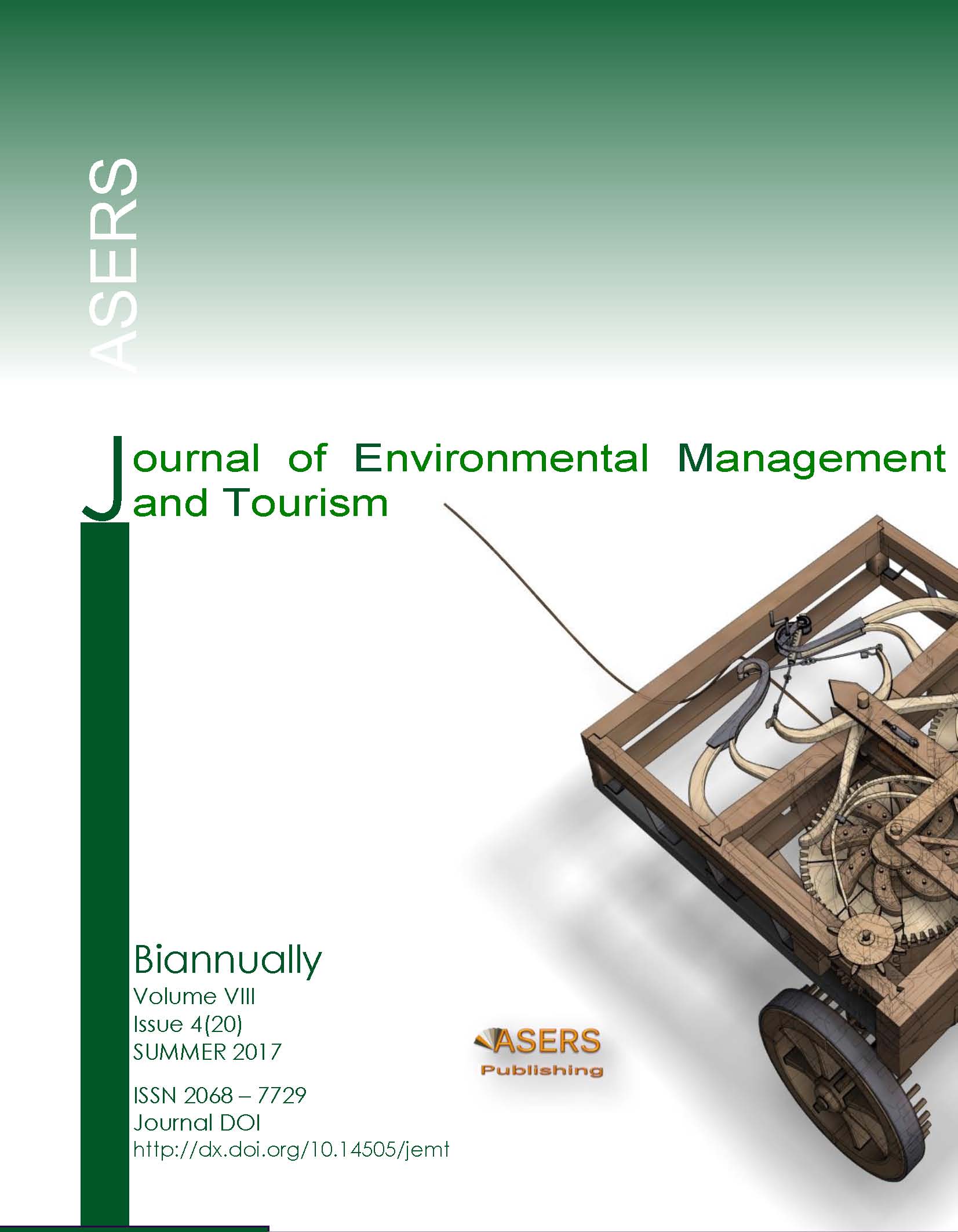The Effects of Financial Crises on Tourism in the Greater Mekong Sub-region: Panel ARDL Approach
Abstract
This study aims to investigate the effects of financial crises on tourism revenue in the Greater Mekong Sub-region (GMS) for five countries (Cambodia Thailand Myanmar, Laos, and Vietnam). The financial crises include the 2003 financial crisis (the Federal Reserve reducing the savings interest rate), and the 2008 financial crisis (the insolvency proceedings of the Lehman Brothers). The panel dataset over the period of 1995-2015 is estimated using the Panel ARDL model with the Pool Mean Group (PMG) approach. The study indicates that the financial crises in 2003 and 2008 decreased tourism revenue in the long-run. Therefore, each GMS country should have tourism policies to handle financial crises, and preventive measures to handle financial crises should be implemented in each country.
References
[2] Choi, I. 2001. Unit root tests for panel data. Journal of International Money and Finance, 20: 249–272. DOI: 10.1016/S0261-5606(00)00048-6
[3] Eberhardt, M. 2011. Panel time-series modelling: New tool for analyzing xt data. Available at: http://www.stata.com/meeting/uk11/abstracts/UK11_eberhardt.pdf
[4] Junrong, L., and Qin, Y. 2012. Empirical study on the impact of domestic economic cycle on Sichuan’s tourism. Journal of Service Science and Management, 5: 289-292. DOI: 10.4236/jssm.2012.53034
[5] Khongrueng, K., and Wongkhae, K. 2014. Global economic crisis and tourism in ASEAN. Proceedings of Hat Yai University Symposium 2014, pp. 52-61 [In Thai]
[6] Maddala, G. S., and Wu, S. 1999. A Comparative study of unit root tests with panel data and a new simple test. Oxford Bulletin of Economics and Statistics, 61: 631-652. DOI: 10.1111/1468-0084.0610s1631
[7] Borza, M. 2010. The effects of financial crisis on tourism market. Retrieved July 29, 2016, from http://www.mbf-eu.info/Files/415f6d76-d58e-449a-b451-bc854e406c6e/paper_borza
[8] Maher, O. A., Ali, F. D., Mahmoud, I. A., and Anas, A. A., 2013. The effects of the global financial crisis on the tourism sector analytical study: Jordan. Journal of Economics and Sustainable Development, 4(15): 161-169.
[9] Nanthakumar, L., Ibrahim, Y., and Harun, M., 2007. Tourism development policy, strategic alliances and impact of consumer price index on tourist arrivals: The case of Malaysia. Tourismos: An International Multidisciplinary Journal of Tourism, 3(1): 83-98.
[10] Nonthapot, S. 2013. Tourism and economic growth of Thailand testing: new evidence from ARDL and rolling window approaches. International Journal of Applied Business and Economic Research, 11(2): 251-260.
[11] Nonthapot, S. 2014. The relationship between tourism and economic development in the Greater Mekong Sub-Region: Panel cointegration and granger causality. Journal of Advanced Research in Law and Economics, 5(1): 44-51. DOI: 10.14505/jarle.v5.1(9).05
[12] Nonthapot, S. 2016. Mediation between tourism contribution and economic growth in the Greater Mekong Subregion. Asia Pacific Journal of Tourism Research, 21(2): 157–171. DOI: 10.1080/10941665.2015.1029953
[13] Pace Law Library, 2012. Financial crisis and recovery: financial crisis timeline. Retrieved July 19, 2016, from http://libraryguides.law.pace.edu/financialcrisis.
[14] Pesaran, M.H., Shin, Y. and Smith, R. P., 1999. Pooled mean group estimation of dynamic heterogeneous panels. Journal of the American Statistical Association, 94: 621-634 DOI: 10.2307/2670182
[15] Chana V. K. Y. 2011. The impact of the global financial crisis on the entertainment tourism industry: A financial engineering case study of Macao from 2007 to 2010. Systems Engineering Procedia, 1: 323-329 DOI: 10.1016/j.sepro.2011.08049
[16] Xianming, M., Mahinda, S., Brian, D., and Stuart, M. 2010. The Impact of the 2008 World Financial Crisis on Tourism and the Singapore Economy and Policy Responses: A CGE Analysis. International Journal of Trade, Economics and Finance, 1(1): 46-53. DOI: 10.7763/IJTEF.2010.V1.9
*** World Bank. 2016. International tourism, number of arrivals. Retrieved from http://data.worldbank.org/indicator/ ST.INT.ARVL.
Copyright© 2025 The Author(s). Published by ASERS Publishing 2025. This is an open access article distributed under the terms of CC-BY 4.0 license.
